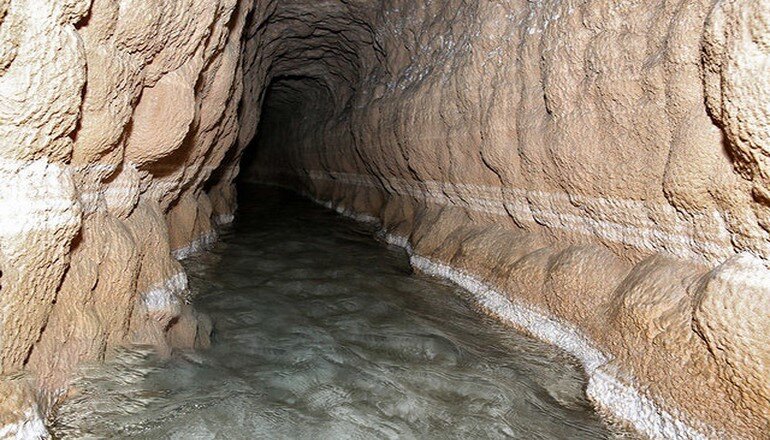Ancient qanats in Yazd to be revived

TEHRAN –A selection of five ancient qanats in the central province of Yazd is planned to be brought back to life, the provincial tourism chief has said.
The projects will be carried out in collaboration with the Municipality of the provincial capital of Yazd, Ahmad Akhundi explained on Sunday.
Moreover, some 400 historical buildings and aging structures in the historical core of Yazd are being restored, the official added.
The historical monuments will be turned into accommodation centers after being fully restored, he noted.
For thousands of years, qanat systems have supplied water to agricultural and permanent settlements in arid regions of Iran, tapping alluvial aquifers at the heads of valleys and conducting the water along underground tunnels by gravity, often over many kilometers.
The concept of “Persian Qanat” was registered on the UNESCO World Heritage list in 2016, representing a selection of eleven aqueducts across Iran.
According to UNESCO, qanats provide exceptional testimony to cultural traditions and civilizations in desert areas with an arid climates.
The qanat system relies on snow-fed streams, which flow down the foothills of surrounding mountains channeling through sloping aqueducts, often over far distances to discharge into the city’s underground reservoirs.
Such constructions are still in practice, many of which were made from the 13th century onwards. Yazd is among ancient cities which have applied this concept to make urban settlements possible in central Iran.
The earliest water supply constructions in Yazd are believed to date from the Sassanid era (224 to 651 CE) while many others have been continually repaired and used over time, most surviving ab-anbars can be today traced to the late Safavid and Qajar periods.
When it comes to landscape architecture, ab-anbars, and wind towers play a pivotal role in enriching the Yazd skyline.
In July 2017, the historical structure of the city of Yazd was named a UNESCO World Heritage. Wedged between the northern Dasht-e Kavir and the southern Dasht-e Lut on a flat plain, the oasis city enjoys a very harmonious public-religious architecture that dates from different eras.
With its winding lanes, a forest of badgirs (wind catchers), mud-brick houses, atmospheric alleyways and centuries of history, Yazd is a delightful place to stay, referring to as a ‘don't miss’ destination by almost all travel associates in the region.
Yazd Jameh Mosque, Dowlatabad Garden, the Yazd Atash Behram, also known as Atashkadeh-e Yazd, Towers of Silence, and adjacent desert landscape are among its tourist sites.
ABU/AM
Leave a Comment